Forklift Operational Safety
Training Types, Licence Categories and Best Practice Principles
Forklifts are something of a double-edged sword in the workplace.
On the one hand, they facilitate much more versatile management of storage and heavy loads, however without the correct training, maintenance and adherence to regulation they pose severe risks. Incidents involving forklifts make headlines all too often, highlighting how dangerous careless operation can be.
For anyone who is uncertain what the requirements are for safe operation I’ve provided a breakdown explaining training types, licence categories and best practice principles which should be adhered to.
Classifications of Training
When it comes to forklift operational safety and finding employment as an FLT operator, understanding the difference between in-house training, accredited training, refresher training and familiarisation training can be confusing.
Especially for a person, who does not deal with this daily, never mind the employee who holds the licence and should they leave an employer find themselves unable to find employment as a FLT operator due to only holding an in-house Licence.
To clear things up, below is an insight into these classifications of training undertaken to allow for operators to drive FLT’S.
In-house operator training
In-house operator training for the truck is undertaken in the workplace by the employee. The employee may be trained on one truck type or several truck types.
The certification awarded at the end of the training is held by the company employing the worker and is only valid for the site they work at. Many large distribution warehouse companies chose this type of training as it is specific to the trucks used in the workplace and their site. It is not transferable to other sites or employers and many workers get caught out by this.
Accredited operator training
Accredited operator training is completed by the operator of the truck, undertaking a structured approved training course which is accredited by an awarding body, such as RTITB or ITSSAR. The operator may complete the course conducted in the workplace or go to a specialist training centre and will be instructed/trained by a qualified and registered person.
On completion, the operator will receive an operators number and if they so choose can apply for a licence photo card which shows the category of machine they can operate along with when they will need to refresh their licence/training. This is usually every 3 years. But please check with the awarding body with regards to this requirement.
Experienced operator training
Experienced operator training is a course which is usually undertaken by an operator who has fallen into the in-house operator category. They have the experience but no official operator licence. This course is usually shorter in duration and will allow the operator to receive an operators number and apply for an operator’s licence, if the course is accredited.
Refresher operator training
As the name says, refresher operator training is refresher training which is usually undertaken every 3 years, and is advisable for all operators.
Not only does it refresh skills, it allows bad habits to be spotted and addressed before an accident happens. If an accredited course is completed, the operator will receive an operators number and the chance for a photo licence, showing their machine classifications they can drive, along with their next refresher date.
Induction/Familiarisation operator training
Induction/familiarisation operator training is undertaken by operators new to the employee’s site. It allows for the operator to be observed and corrected if needed before they start to undertake new work tasks.
This is vital for new operators and new employees to a company, as there are so many different types of trucks used in the workplace, with different fuel/ power supplies, control positions, weights, fork reach heights, attachments, etc. This is usually non – accredited training and only applicable to that specific site or truck used by the employer.
Attachment Training
Attachment training can be done either in-house or as accredited certification. The most commonly used attachment for a forklift is the forks/tines. But there are many attachments which may include the following;
- Push Pull
- Bale clamps | Pole tine clamps | Drum clamps | Attachment clamp | Harbour Clamps | Appliance clamp | Clamp for cement pipes | Paper roll clamp | Pipe Clamp | Brick and block clamps | Tobacco Bale Clamps | Pulp bale clamp
- Rotators | Pallet Inverter, 360° rotating
- Box discharging units
- Barrel lifter
- Forks | Fork Extension | Multi-pallet handler | Hydraulic Telescopic Fork Arms | Fork positioners | Load extenders
- Hydraulic winch
- Sweeper
- Tilting device with shovels | Hydraulic scoops
- Fork clamps
- Load push-pulls
- Jib crane | Telescopic jib crane
- Load stabilizers
- Persons Basket
- Round Timber Clamp
- Snow plough
- Side Shift | Tri-lateral heads
- Carpet boom
(LIST FROM – https://www.forklift-international.com/en/e/attachments.php).
As you can see the list is long, and each is specific to a task which may be completed in the workplace. Specialist training must be sought after to use these attachments as they will not be included in your initial forklift training.
Do not use attachments unless the operator has been trained, is confident in the use of the attachment on the truck and deemed competent to use them by an instructor.
Licence Categories
One thing an operator needs to be aware of is the type of truck they will be driving, forklift truck lifting capacity and attachments to be used in relation to licence categories.
With over 15 types of lift trucks, pallet trucks and attachments which change the function of the truck, this is important information the operator and their employer need to be aware of.
The most common fork lift trucks used in the workplace are:
Counter balance – Used in many industries, warehouse, building and wood yards, docks/ports, farms, etc. Primarily 5t (warehouse) to over 15t (docks/ports/construction). They can be electric/battery, gas or diesel powered and come with many different attachments.
Reach truck – Primarily used in the warehouse and distribution industries. Usually electric/battery powered. They are very ‘musical’ when they are driven.
Pallet trucks – Either powered ride on or pedestrian powered trucks – used in warehousing and retail outlets. These trucks can be one level, just to move products around the workplace, or a variation known as a stacker truck can be used to move stock within racking to differing heights.
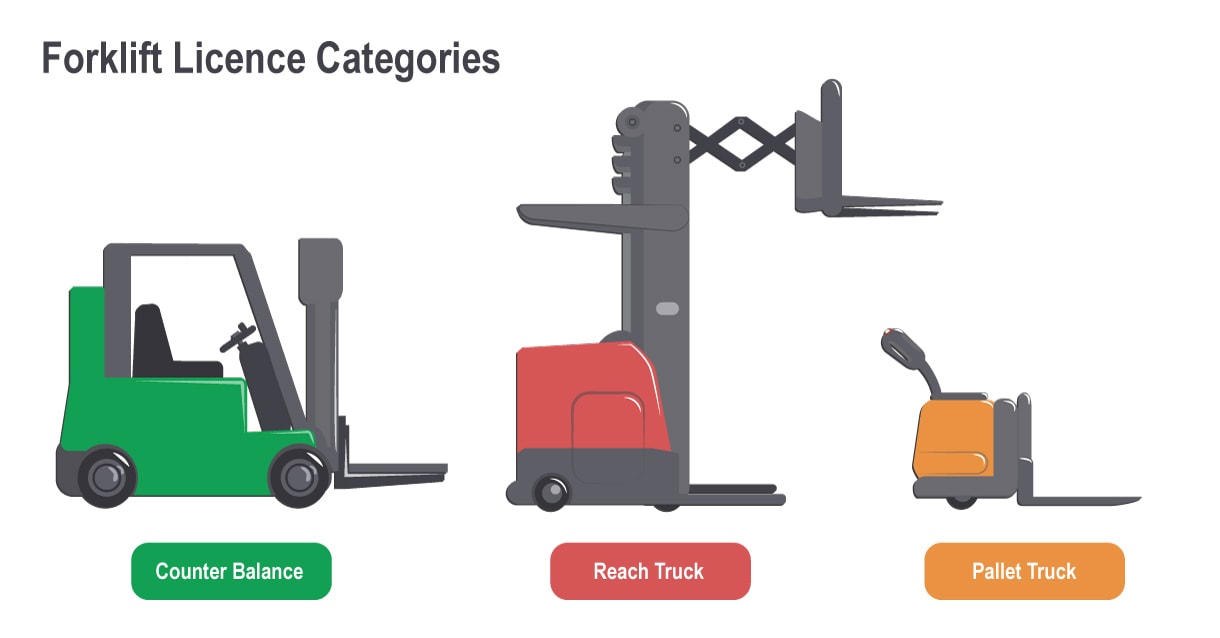
Driver Authorisation
Any operator, who is asked to use a truck within the workplace, must have driver authorisation from his employer, this shows that they are suitable and have undergone induction to the workplace along with being informed of the related hazards and dangers. This is site specific and it will also identify they trucks they are able to use.
This may also take the form of a list of trucks followed by the names of the operators allowed to use them, or in larger workplaces, there will be notice boards with truck type name, picture and the authorised operator’s pictures underneath them. This is useful when there may be a language barrier or many multi-cultural employees and different trucks.
Common Incidents
Most of use at some point have gone onto You Tube or watched a TV programme and laughed at the comical antics of operators in various industries. And we have all chuckled. Most of the time, I have cringed and commented, they should have known better.
Common incidents which involve Forklift trucks include the following;
Toppling over – This can happen for many reasons, such as inappropriate loads being picked up and moved by the wrong truck, travelling too fast, incorrect attachments being used, turning the truck too fast with a load in the air or just travelling with a load raised whilst travelling on an uneven surface or change in surface/ramps.
Loose loads – This could be due to the load not being securely packaged to start with. The biggest offender is often the shrink wrap (which is used to secure the pallet) being cut or torn when placing it onto the lorry/racking system or truck forks being inserted incorrectly into the load. Special care must be taken by operators when they are transporting metal stillages on metal fork attachments as they are more liable to slipping.
Racking Failure – This is usually caused by an excessively heavy a load being placed in the racking system. Each level within a racking system will have a weight capacity labelled on it and all racking should be checked as per the manufacturer’s and organisational procedures so any faults can be reported as soon as possible.
Object collision – Forklifts in general have a lot of blind spots, which in turn will increase the chance of incident/accidents occurring in the workplace, so the operator has to be aware of his surroundings at all times to avoid this. Operators need to check the routes they travel for potential hazards or higher risk areas where an incident may occur and highlight it to their managers/HSE department for action/rectification.
Pedestrian Collison – Pedestrians and trucks must be kept separate wherever possible and designated lanes for each be marked where ever possible, but there will always be the time when someone wants to take a short cut. This is a recipe for disaster. Saving 10 metres in walking is not worth risking your life, while driving an extra 50 metres to avoid the pedestrian lane could save the operator from causing injury.
Man Down – fall from machine – Care must be taken when mounting or dis-mounting trucks. 3 points of contact must be adhered to, to reduce the chance of incident. This will in most cases reduce the chance of an incident which could result in broken bones/ankles but also wound pride and create unnecessary embarrassment.
Speeding – This is a major cause of most incidents in the workplace. The inability to stop when required, travelling fast over uneven ground can not only tip the truck over, but move the load on the forks leading to instability and falling loads.
Bear in mind this list is not exhaustive!!!
Types of Injuries
As with any incident, there is a chance of a lucky escape, but in most cases with a forklift truck this is not the case. Forklift trucks have a lot of blind spots, so the operator needs to be very vigilant of their surroundings and others who may be in their work area. Forklift trucks, especially the counter balance variety can weigh an average of 2.5t unladen up to a 5t truck.
Types of Injuries include;
Broken bones – These can be sustained through collision with pedestrians, buildings, other trucks or incorrect mounting and dismounting of the truck. If a truck topples, then you are very likely to break your arm/shoulder if you are wearing the seat belt. If you’re not wearing a seat belt, it is possible to sustain worse injuries or die due to being trapped.
Internal bleeding – This usually occurs when the truck topples over and traps the operator or if a pedestrian is run over and/or crushed between a truck and a building, for example. They also occur when loads topple from the forks, if they are incorrectly loaded.
Cuts & abrasions – These usually occur when the operator is completing general maintenance or pre-use end of shift checks on the trucks. So, it is advisable to wear work gloves when checking the truck to protect from sharp edges on the forks and protect the skin from hydrolytic oil. Also, if the operator does not keep their body parts within the cage of the setting area they run the risk of knocks, scrapes and possible broken bones/joint dislocations.
Head/Spinal injuries – Life changing – Death – An operator may suffer from one of these due to knocking his head on the forks when checking them or on the driver cage area.
Usually the life changing/death injuries occur from the truck tipping over and a driver not wearing the seat belt, being thrown from the truck or trapped by the overhead protective cage.
Common Operator Mistakes
Any forklift operator, answering this honestly, would probably admit to making one or several of the mistakes below during their driving experience; whether it is caused by improper training, improper experience, lack of time as a boss is breathing down their necks about loading/transfer of stock speed, peer pressure or lack of workplace support.
Miscommunication – This may be between a lorry driver and the operator loading the trailer, operators and pedestrians or an operator and banksman when moving abnormal loads. Communication is not only reserved for the verbal variety, but may include incorrect paperwork, leading to the incorrect storage of goods within a racking system.
Trying to do it alone – If operating a truck on uneven ground with an abnormal load, it is vital to have a spotter who can spot hazards for the driver before they turn into an incident.
Lack of thorough inspection of machine – Obviously, if your truck/machine is not in a working order then it will not perform the task you require safely. Ask yourself, truthfully, do you check your machine thoroughly before the start of the working day and also the end of the day? Can you guarantee that the truck will be in the same condition as you last used it, or has someone else been using it? Are you using the correct truck for the job? Does it have the correct capacity for the lift you intend and is it suitable for outdoor weather conditions e.g. electric and rain will not mix.
Driving too fast – This often occurs when the operator is put under pressure to complete tasks in an unrealistic time frame. This speed of driving also impedes the chance of the operator being able to brake efficiently in emergencies, increasing the chance of skidding and possible turnover of the truck.
Exceeding machine lifting capacity – Each truck will have its lifting capacity stated on a plate. This will state its lifting capacity for all the positions in height of the forks. It is especially important to take note of this when operating “counterbalance” trucks. As the name suggests, it’s capacity to lift must not exceed the counterbalance weight, or it will topple over.
(https://www.osha.gov/SLTC/etools/pit/forklift/basicparts/nameplate.html)
Driving with forks/attachment in the air – This is of course a “NO NO”. When travelling distances with a load on the forks. Not only does it increase the chance of the load being displaced from the forks, it increases the chance that the displaced load can fall on pedestrians or into racking systems which can cause further incidents/accidents.
Loads being carried at height also increase the chance of the machine toppling over, crushing the operator and anyone in the vicinity. So, it is not worth it. The advised maximum height to travel with a load is no more than 4 inches/10cms above the ground or just a little higher should the terrain being travelled is uneven.
Operator Best Practice
1 – Operators should be trained and confident when operating a forklift truck. Don’t think just because you can drive a counterbalance forklift truck you will be able to operate a Reach Truck.
2 – Check your operator’s licence to make sure it will allow you to operate the truck you have been given to drive. This should include the correct category of truck and the attachments for it. Most basic C/B Licence’s will allow an operator to operate a truck up to 5t. Above this weight, further training will be required and classification added to the licence, unless the training is conducted in house. The same applies for extended length in forks and other attachment types.
3 – Check to make sure the operator has been given the authorisation to operate the truck in the work environment. Without the authorisation to drive/operate the truck, you should not use the machine under any circumstance.
4 – Operators are encouraged to check their machine before they use it at the start of the day and every time they leave the machine, give it a once over to make sure nothing has happened to it in the time they have been away from it, e.g. gone for a break or lunch time, before they commence further work.
5 – Report any issues with the machine/truck when they happen. Operators are also encouraged to report any hazards in the workplace too, so they can be removed as soon as possible.
6 – Operators are encouraged to also check their travel routes for hazards before starting their journey. Hazards can then be reported if they will cause an issue, e.g. holes in the floor, broken pallets, unsafe behaviour by pedestrians.
7 – Never use your mobile phone whilst driving/operating, as it will distract you from the task in hand and you will not be able to concentrate on the job in hand.
8 – Never carry passengers on the machine. They are made to be used only by the operator, due to them having only one seat. Linked to this, never allow people to ride on the forks. If a person needs to be lifted to a different height, use a man basket attachment, to allow this to be done in a controlled and safe manner.
9 – An operator should always be aware of their surroundings, before they intend to travel anywhere with the truck and its load. This includes considering person’s present in the workplace, the load they are carrying, floor surfaces, blind turns they may have to make, weather conditions, if working outside, changes in floor level and consistency.
10 – When loading trailers, make sure the lorry and trailer are parked in a safe position, the driver has confirmed the lorry engine is turned off and the parking break is applied and is out of gear. The best way to secure this, is for the driver to pass the lorry keys to the forklift operator. Once the operator has loaded the goods, they will return the keys to the driver.
11 – Take special care when charging and refuelling trucks. Only trained personnel should undertake this task. Wipe up spills to avoid contamination and potential fire risk. Do not eat and drink whilst this task is being completed. Unauthorised persons should be kept out of charging areas due to risk of explosion from charging batteries, as when charging they emit hydrogen gas.
Make sure in the charging area, there is a full first aid kit to include eye wash facilities and the appropriate PPE – Apron, Visor, gloves and pH measuring equipment.
Always remember, if you have been tasked with operating a forklift and have doubts about ANY of the above points stop immediately and direct the issue to your line manager, higher management or a member of site staff responsible for Health and Safety. A slight delay or rethink is unquestionably preferable to injury and death.
Gill Phillips
Assessor / IQA
Further reading and Industry for information.
RTTITB
ITSSAR
NORS
TOPS
HSE – ACOP L117
LOLER
PUWER
HASAW
Toyota Material Handling UK.

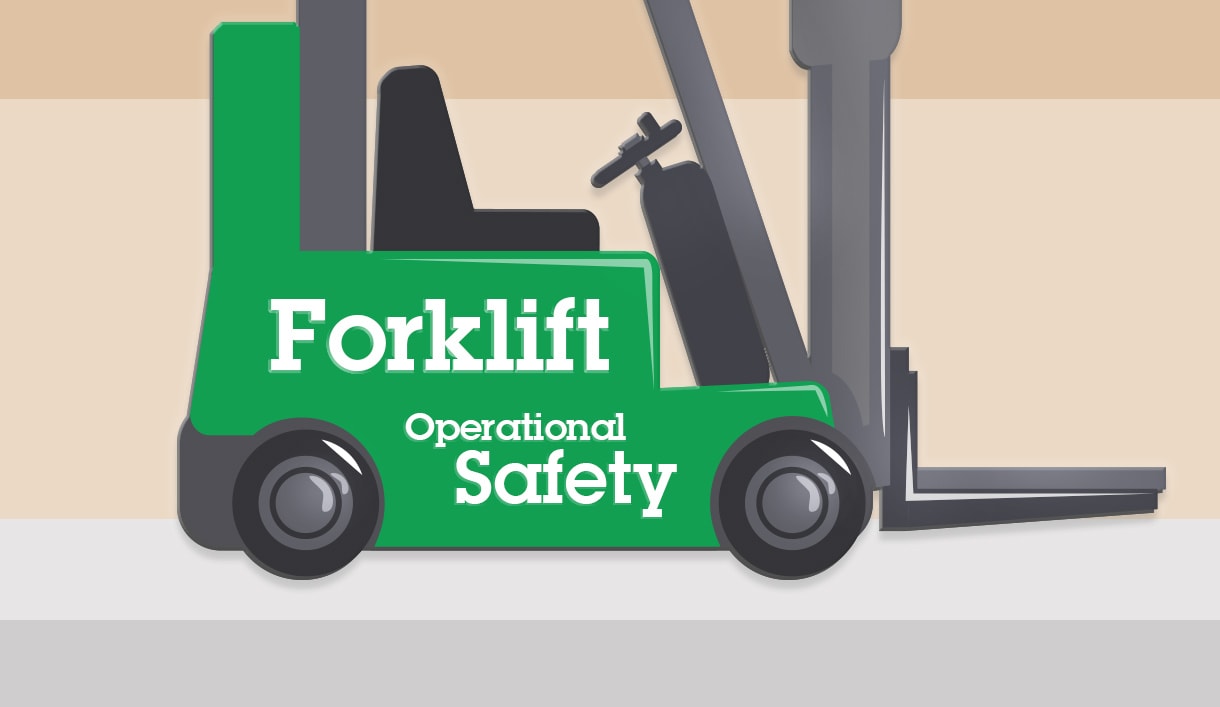


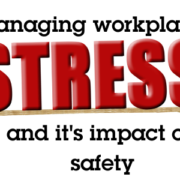
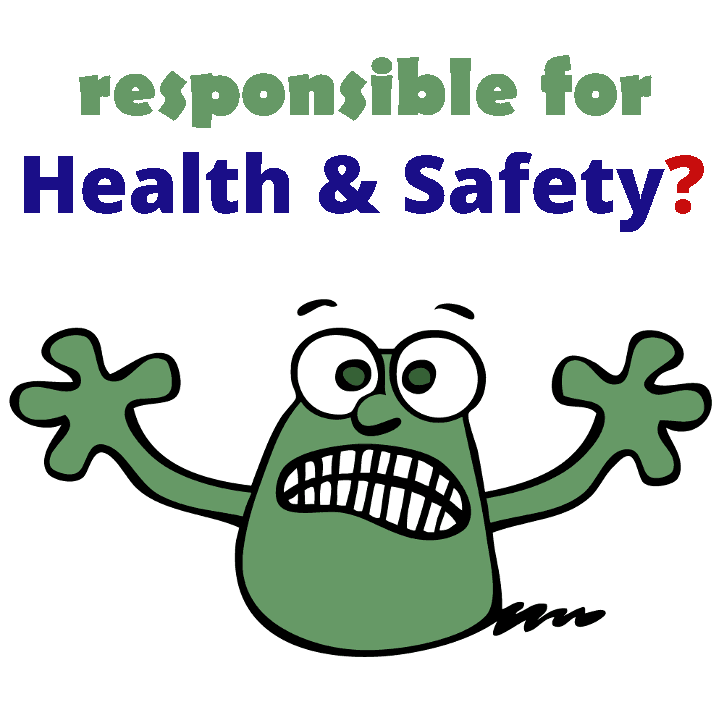
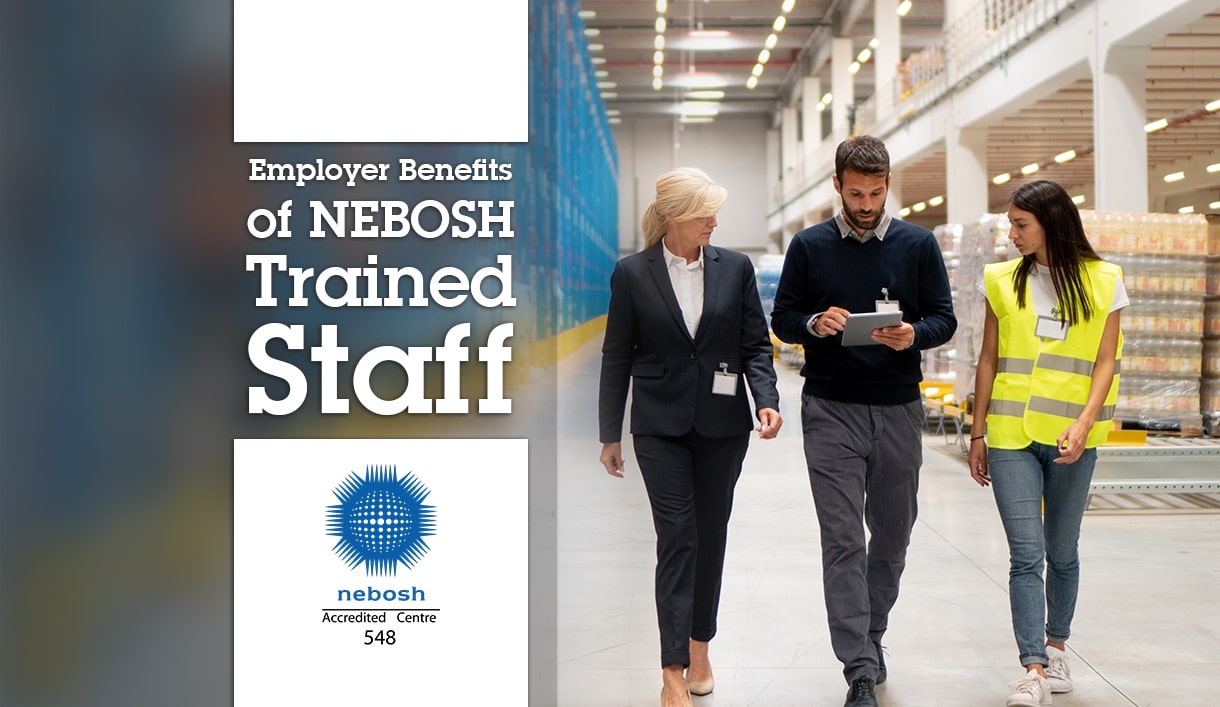
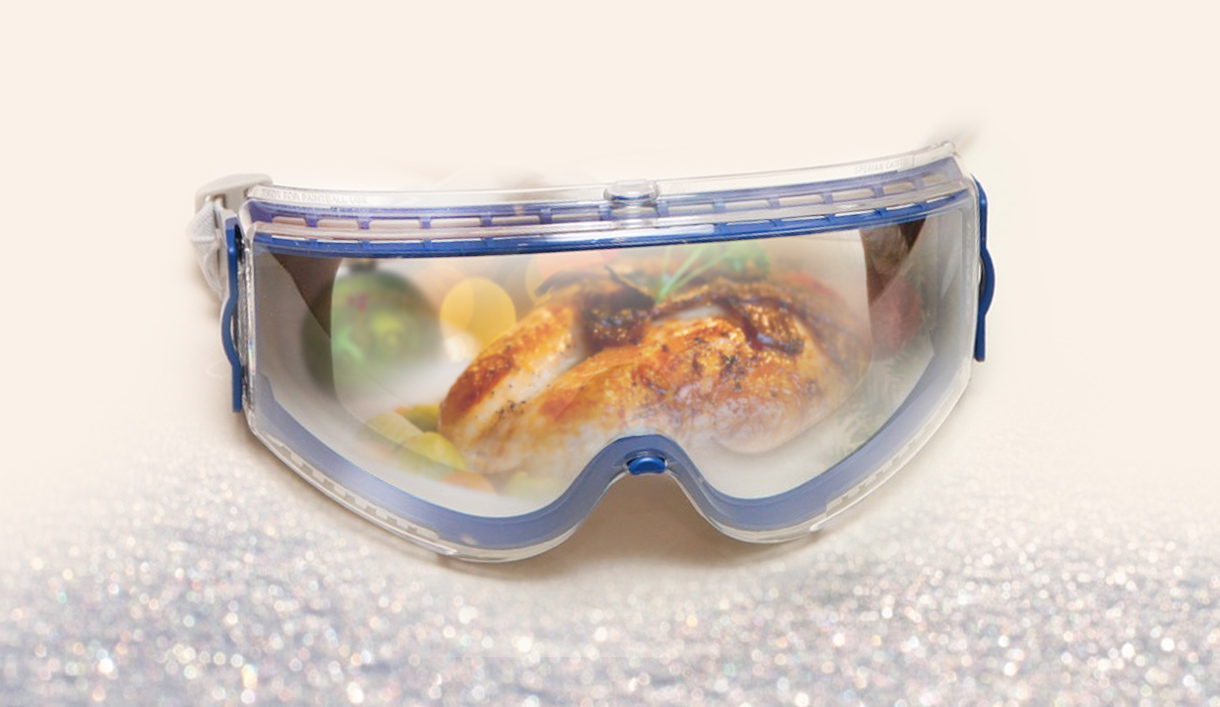
My wife and I were talking to her brother about forklift training, as he was wondering if that would be something good for him to do. I’m glad that you talked about different classifications of training, and I think that he would likely get the experienced operator training you talked about. I think that being able to get this training for a forklift would be good for him, as it wouldn’t hurt him to have, but wold only open more doors and provide more opportunities! Thanks for the information!